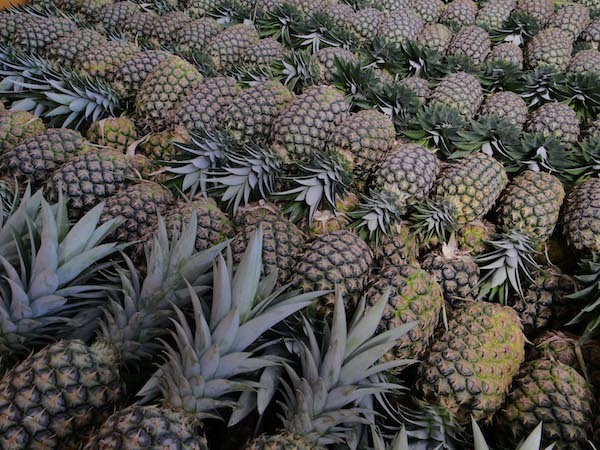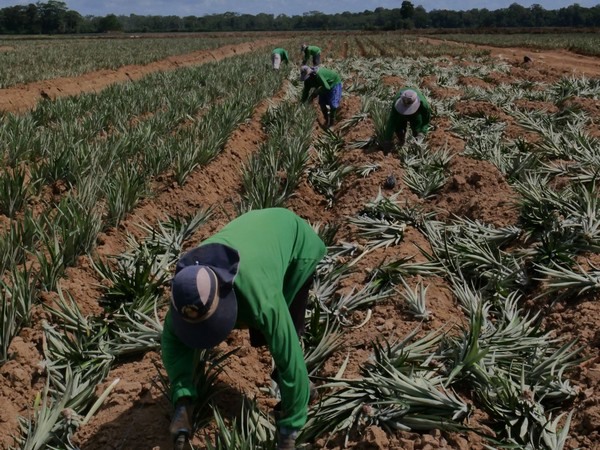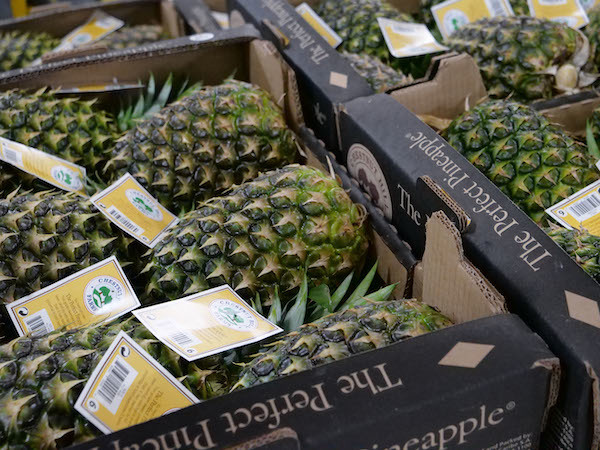The volume of pineapples is approximately 10 percent higher than this time last year.

“This is good since several retailers have invested in promoting the category to keep sales at the level the pandemic has increased them to,” says Adriana Garcia of Chestnut Hill Farms, who grow their pineapples in Costa Rica.
The increase is attributed to a few reasons--first, the volume in the industry is concentrated in larger, more technical operations. “Also, the weather conditions have been exceptionally good for pineapples. These factors have positively impacted overall productivity levels which means that the availability of larger pineapples have increased vs. the small and medium sizes.”
Supplies continue to come from dominant producing country Costa Rica--it supplies approximately 90 percent of the pineapples consumed in the U.S. and Europe. “Mexico exports some pineapples into the U.S. but they mainly stay in the Texas area,” adds Garcia.
She notes that Chestnut Hill Farms plans greater availability in November annually to cover the increased demand around the holiday season--particularly in Europe. However the U.S. remains its largest market. “We expect that consumption will increase as has the consumption of avocados and other fruits that consumers recognize as highly nutritious,” says Garcia, adding that several retailers have turned to promoting the health benefits of pineapples and recipes to educate consumers.

Pricing pushes up
Meanwhile on pricing, prices in Costa Rica have increased due largely to the increase in input costs such as cardboard, agro chemicals and more. “And the worldwide disruption in the supply chain affects importing our production supplies. This trend will continue into the New Year and it’s not only affecting the pineapple industry but the entire consumer market.”
“Chestnut Hill is working closely with our partners to try and mitigate these rising costs and to keep the business sustainable,” says Garcia. “Although cost increases are significant and an unavoidable reality, we have found ways to mitigate through partnering with customers to find operational efficiencies which limit the impact to customers and ultimately to the consumer.”

She adds that this is also the time of year when pricing for the following year is established with retailers and program customers.
“However this year we have a completely different context with higher operational and logistics costs,” she says. “We expect that in this process, a new price level for pineapples will be set. This is key for companies like ours that are invested in the production and committed to maintaining our quality and service level.”
 For more information:
For more information:
Adriana Garcia
Chestnut Hill Farms
Tel: +1 (305) 463-7676 x 134
adrianag@chfusa.com
www.chfusa.com
